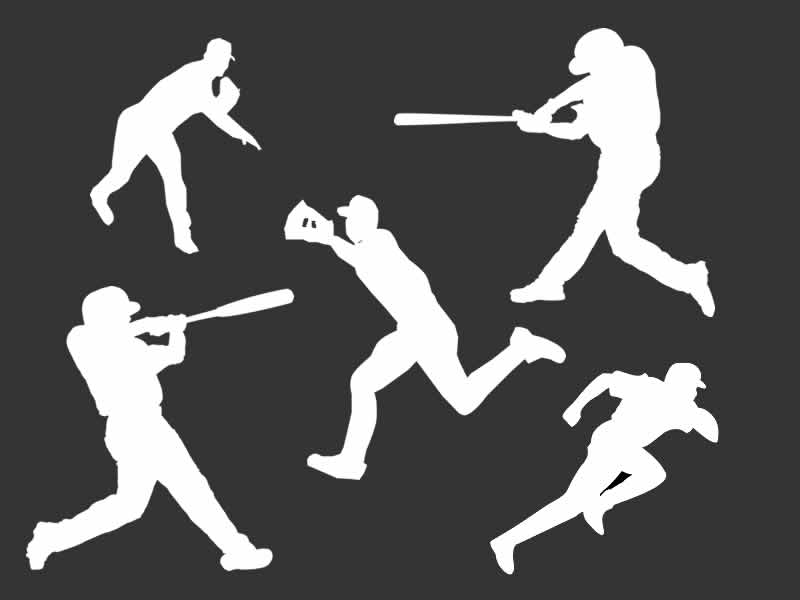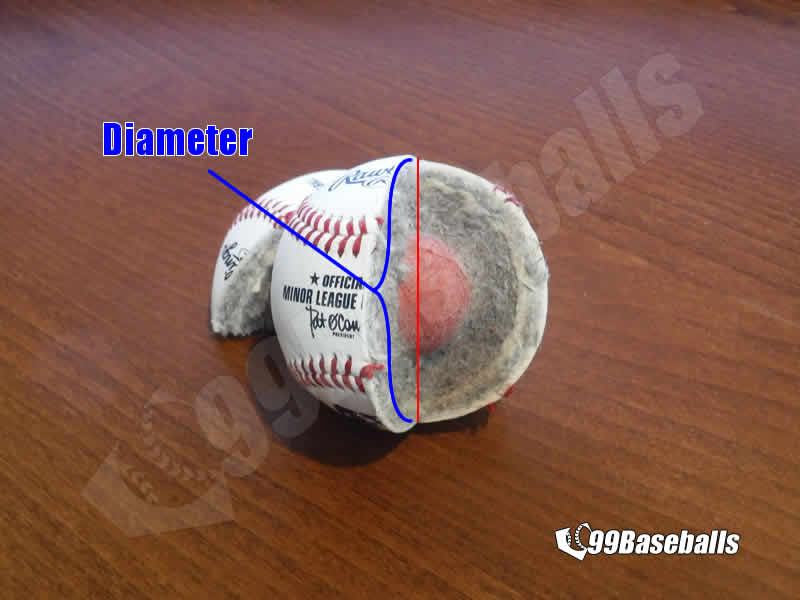- A five-tool player in baseball excels in five key areas: hitting for average, hitting for power, base running skills and speed, throwing ability, and fielding abilities, embodying the full spectrum of baseball skills and versatility
- However, it’s essential to focus on developing a broad range of skills, love for the game, fair play, and continuous improvement, rather than fixating on becoming a five-tool player
- This is post is part of an nine-article series covering every aspect of a baseball tryout. If you arrived at this page via search, I highly recommend that you first read my post, Baseball Tryout – Complete Reference Guide

I often encounter an interesting question from the eager parents on the sidelines of our local youth baseball league tryouts, “What is a five-tool player?” It’s a term that might be as mystifying to some as a knuckleball, but to others, it’s the holy grail of baseball talent.
What is a Five-tool Player?
Imagine this: It’s the bottom of the ninth, two outs, bases loaded.
A shadowy figure steps up to the plate, amid the expectant silence of the crowd. Let’s call him Jimmy.
Jimmy isn’t the biggest player on the field, nor the fastest, but he has an aura that can only be described as ‘complete.’ You see, Jimmy is a five-tool player.
Simply put, a five-tool player is a player who excels at hitting for average, hitting for power, base running skills and speed, throwing ability, and fielding abilities.
But that’s just the surface, the words on a checklist. To truly comprehend it, let’s dissect these tools using the stories of some mythical players.
Hitting for Average
First, let’s talk about hitting for average.
Picture Timmy, a kid I once saw in a small-town league out in the Midwest. He had this uncanny knack for connecting the bat with the ball, game after game.
As a contact hitter, no matter the pitch, Timmy could hit it, sending it soaring straight and true, time and again.
But while Timmy was a hit machine, he wasn’t exactly a five-tool player. You see, hitting for average, while impressive, is but one piece of the puzzle.
Hitting for Power
Next comes hitting for power. Remember Jimmy? His older brother, let’s call him Big Mike, could hit the ball a mile.
When Mike stepped up to the plate, the outfielders took a few extra steps back. He was known for his towering home runs, the kind of which legends are made.
Yet, for all his power, Big Mike wasn’t a five-tool player either. Power is nothing without control, and control is nothing without the capacity to wield it effectively on the bases.
Speed and Base running
Which leads us to speed and base running.
There was a speedster named Flash in a Southern California league. Now, Flash could run like a hare chased by a fox, darting from base to base before the ball could find its way home.
But Flash, for all his speed, wasn’t a five-tool player. Speed without the ability to apply it in fielding or throwing is just one star shining in the night sky, not a constellation.
Throwing
Then there’s the throwing ability. I once coached a kid, let’s call him Billy, with an arm that would make a quarterback jealous.
He had a cannon arm that could whip that ball from deep right field to home plate with the accuracy of a laser-guided missile.
But despite this, Rocket wasn’t a five-tool player. An exceptional arm alone doesn’t make a symphony; it’s one instrumentalist waiting for the rest of the orchestra.
Fielding
Finally, let’s address fielding abilities. Grace, a young girl from Seattle, could glide across the field like a gazelle, snagging fly balls as if they were attracted to her glove. But Grace, despite her fielding prowess, was not a five-tool player. Grace was missing a few crucial elements to her game, essential pieces that would bring it all together.
Five-tool Player Unicorn
You see, a five-tool player, like our friend Jimmy, is a rare breed.
They come once in a generation, combining all these skills with a relentless dedication to improving every aspect of their game. They’re not just power hitters or base stealers or fielding specialists; they’re a harmonic convergence of all these abilities.
Being a five-tool player isn’t about being perfect. It’s about having a wide range of skills and the desire to refine them. It’s about understanding the game, making the most of opportunities, and always seeking to learn and grow. A five-tool player won’t necessarily lead the league in home runs or stolen bases. Their value is in their versatility and their ability to contribute in any situation.
Is there a Sixth Tool?
The “sixth tool” can encompass elements like baseball IQ (understanding the intricacies of the game and its strategies), mental toughness (the ability to perform under pressure and bounce back from adversity), leadership (the ability to inspire and guide teammates), and work ethic (the commitment to continually improve and refine skills).
So while it’s not a physical tool like the traditional five, the sixth tool is widely considered to be equally important, if not more so in certain situations.
Having a high baseball IQ, for example, can allow a player to make smart decisions that compensate for physical shortcomings.
Similarly, mental toughness can help a player to maintain their performance during high-pressure moments like the last inning of a tied game.
So while less tangible, this “sixth tool” is very real and very critical to a player’s overall impact on the field.
Top ten, Five-Tool players in MLB history
List below contains some of the greatest five-tool players in MLB history. Please note that the ranking of these players is subjective and based on my personal opinion.
- Willie Mays: Nicknamed “The Say Hey Kid”, Mays is often considered the best five-tool player because of his excellent skills across the board.
- Hank Aaron: Known as “Hammerin’ Hank,” Aaron consistently exhibited all five tools throughout his career.
- Mickey Mantle: Despite injury issues, Mantle’s speed, power, and skill make him a standout five-tool player.
- Ken Griffey Jr.: His combination of speed, power, and defensive prowess earned him the reputation as one of the most complete players in the game.
- Barry Bonds: Before his career became clouded by steroid allegations, Bonds was a legitimate five-tool player, especially in his early years with the Pittsburgh Pirates.
- Alex Rodriguez: A-Rod was a five-tool shortstop and later third baseman who had an impressive combination of power, average, speed, and defensive skill.
- Roberto Clemente: Known for his incredible arm, Clemente also excelled in the other four tools, making him a standout five-tool player.
- Mike Trout: Trout is still playing as of 2023, and he is considered the best current five-tool player in MLB, excelling in all aspects of the game.
- Mookie Betts: Betts’ combination of skills at the plate, on the bases, and in the field made him a bona fide five-tool player.
- Andre Dawson: Dawson was a feared power hitter who also had a strong arm, was quick on the bases, and consistently hit for a high average.
Takeaways
So, when your child steps onto that baseball diamond, don’t fixate on one tool.
Encourage them to explore and develop their skills across the spectrum. The five-tool player embodies the essence of baseball: a diverse set of skills harmonized into a beautiful game.
And remember, even if your kid isn’t the next Jimmy, the most critical aspect is that they love the game, play fair, and give it their best shot. After all, baseball is just as much about character as it is about talent.
In the end, we’re all just players in this grand old game, whether we’re five-tool wonders or not. The love for the sport, the smell of fresh-cut grass, the crack of the bat, and the joy of a well-played game, that’s what keeps us coming back, time after time.
So, whether you’re a five-tool player or a one-tool wonder, just remember to play ball!


